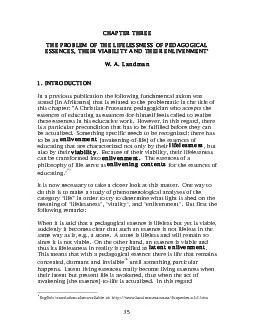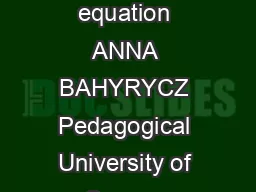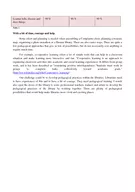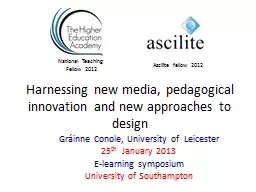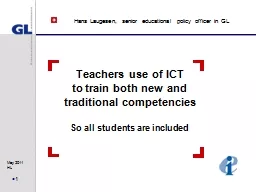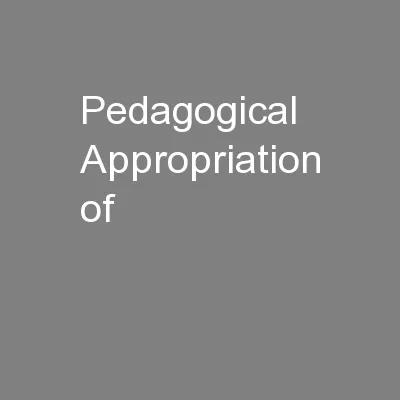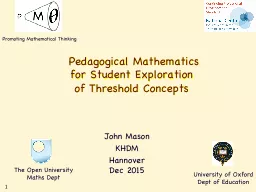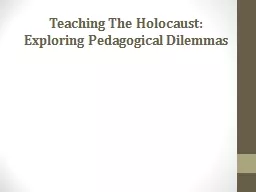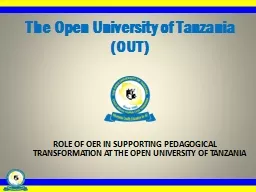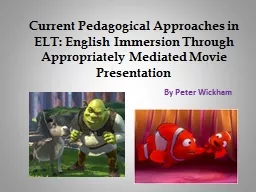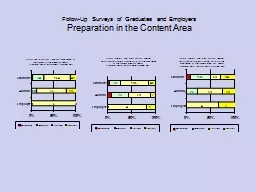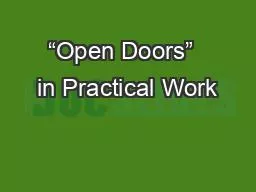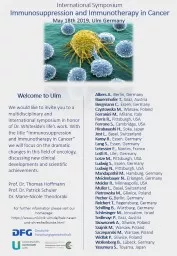PDF-35 CHAPTER THREE THE PROBLEM OF THE LIFELESSNESS OF PEDAGOGICAL ESSEN
Author : jane-oiler | Published Date : 2015-08-25
37 possible and by which something becomes useful6 Pedagogical essences then have a latent enlivenment because of their characteristics of i beingdirected There
Presentation Embed Code
Download Presentation
Download Presentation The PPT/PDF document "35 CHAPTER THREE THE PROBLEM OF THE LIF..." is the property of its rightful owner. Permission is granted to download and print the materials on this website for personal, non-commercial use only, and to display it on your personal computer provided you do not modify the materials and that you retain all copyright notices contained in the materials. By downloading content from our website, you accept the terms of this agreement.
35 CHAPTER THREE THE PROBLEM OF THE LIFELESSNESS OF PEDAGOGICAL ESSEN: Transcript
Download Rules Of Document
"35 CHAPTER THREE THE PROBLEM OF THE LIFELESSNESS OF PEDAGOGICAL ESSEN"The content belongs to its owner. You may download and print it for personal use, without modification, and keep all copyright notices. By downloading, you agree to these terms.
Related Documents

